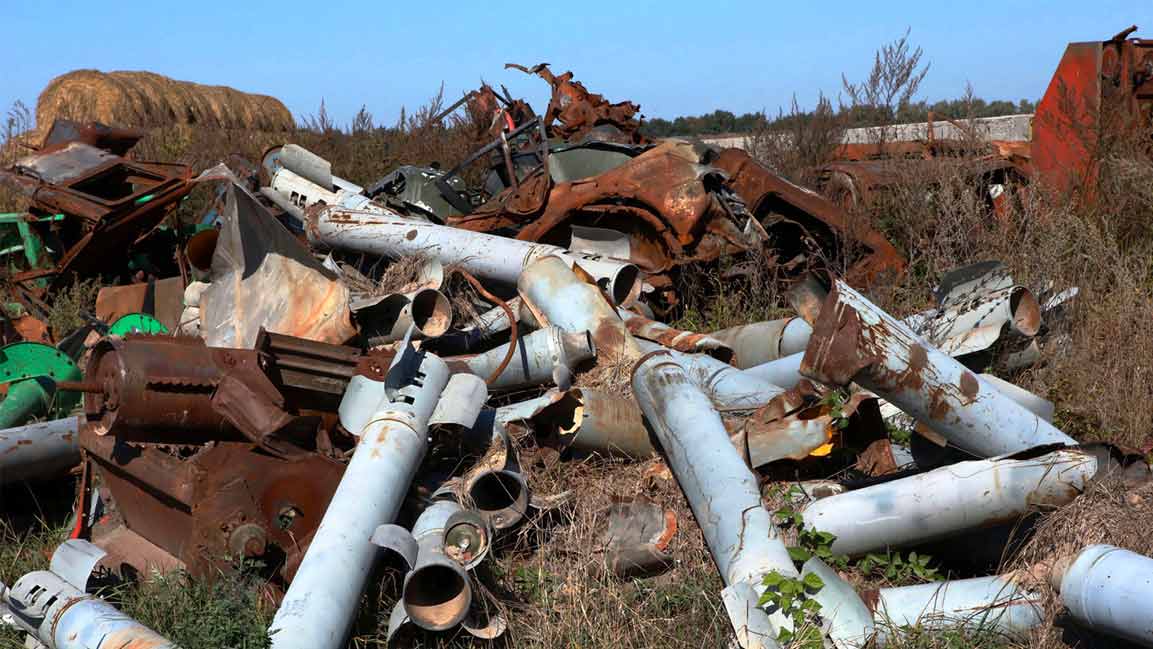- | 9:00 am
Your car may be slowly killing you—but not for the reason you think
A new study found that the interior of most cars contains flame-retardant chemicals that have been linked to a number of health issues.

Driving can be inherently dangerous. From hazardous road conditions to reckless drivers, there are a lot of things that can hurt you when you’re behind the wheel. But one of the most insidious risks lingers in the air you breathe while you’re in your vehicle: flame retardants.
A new study published in the journal Environmental Science & Technologies suggests that the interior of most modern passenger vehicles contains chemicals intended to prevent the car from catching fire. That probably sounds like a fine idea. Who wouldn’t want this added protection? But the use of flame-retardant chemicals in cars is unregulated and unmonitored, and is based on an outdated flammability standard that may not actually improve safety. What’s more, many flame retardants have been linked to cancer, fertility issues, thyroid disease, and neurotoxicity. And when they’re applied to things like car seat foam, these chemicals leak into the air where they can be inhaled or ingested by drivers and passengers.
“Considering the average driver spends about an hour in the car every day, this is a significant public health issue,” said Rebecca Hoehn, a scientist at Duke University and the study’s lead author, in a statement. “It’s particularly concerning for drivers with longer commutes as well as child passengers, who breathe more air pound for pound than adults.”
The researchers tested the air inside 101 cars manufactured since 2015. They asked participants to hang silicon strips (similar in design to a Livestrong wristband) from their rearview mirrors for seven days. The silicon doesn’t contain “background levels” of chemicals, so any flame retardants it absorbs during the testing period come from the environment—in this case, the cars. All 101 participants used silicon strips during the winter months and about half tested during summer months as well because scientists wanted to see if temperature affects how much flame-retardant chemicals are released into the air. They also asked participants to try to remove a little bit of foam from their car’s seat to be tested for chemicals, which about half of them did.
Researchers tested the materials for 49 different flame retardants and found 17 present in either the air or foam samples they collected. At least two are known carcinogens listed on California’s Proposition 65 List of harmful chemicals, one of which was found in nearly 60% of the silicon strips that dangled from the rearview mirrors during the warmer months. Another chemical that was detected in virtually all of the silicon strips is currently being investigated as a potential carcinogen and has been linked to “carcinogenic activity” in mice and rats. In general, the researchers found that warmer temperatures corresponded with a higher concentration of flame-retardant chemicals in the car’s air.
“The heat allows the flame retardants to more easily offgas into the vehicle air,” explains Lydia Jahl, a senior scientist at the Green Science Policy Institute and one of the study’s coauthors. “If you get into your car in the summer after it’s been sitting in the sun with the windows closed, there’s going to be a lot of flame retardants built up in the air.”
So what can drivers do? Jahl recommends avoiding “recirculation mode” when using your car’s air conditioner, and rolling down your windows when you get in—anything to get toxic air out and fresh air in. “Of course, that means the flame retardants are getting into the air and will eventually make their way into waterways and wildlife, which isn’t good,” she says. (Although depending on where you live, keeping your windows down could expose you to toxic fumes from other cars’ exhaust.)
A better solution would be to get rid of flame retardants inside cars altogether. That might seem far-fetched, but maybe it isn’t. After all, car manufacturers aren’t required to use flame retardants. It’s just that using these chemicals is the easiest way to meet the U.S. National Highway Traffic Safety Administration’s (NHTSA) flammability standard, which says a car’s interior materials can’t burn too quickly when exposed to a small open flame for 15 seconds. “It’s entirely up to the auto manufacturers how they want to pass the test,” Jahl says. “Overwhelmingly, there’s no regulation over it.”
The NHTSA flammability standard was first introduced in the 1970s and hasn’t been updated since, despite changes in car design, driver behavior (far fewer drivers smoke these days, for example), and a growing body of knowledge about how car fires actually start. “We know that not a lot of lethal car fires start in the interior of the car,” Jahl says. Instead, most car fires start in the engine or after a collision. “A lot of times, flame retardants are used because it sounds like it’s a good thing, but there’s not always a proven benefit behind it,” she adds. “With this NHTSA standard, they don’t actually have data showing that their standard reduces fires or reduces fatalities.”
In other words, carcinogenic flame retardants applied to things like the foam in cars’ cushions may be doing more harm than good to drivers.
Now, instead of passing an open-flame test, furniture has to pass a “smolder test.” “We know the most common sources of fire inside are smoldering sources, like a cigarette, or some sort of electrical source like a space heater left too close to a couch,” says Jahl. Manufacturers can pass the smolder test by designing furniture with physical barriers such as densely woven material, rather than chemical barriers like flame retardants. The rule is only legally binding in California but has since become the de facto standard nationwide.
Cars are admittedly very different from the average living room sofa, but Jahl sees hope in the fact that some car seats (which have to meet the same NHTSA standards) are already ditching flame retardants. “That suggests these car seat manufacturers are figuring out ways to pass the test without flame retardants, so we hope that automobile manufacturers could maybe do the same thing with smart design choices.”
Jahl and her colleagues hope their study raises alarm bells for drivers and puts added pressure on NHTSA to consider changing the rules. Such a move could have ripple effects that go beyond the U.S. “Vehicle furniture flammability standards are often internationally harmonized,” Jahl says. “So there are similar standards across the world that might have different names, but they’re all essentially small open flame standards that lead to flame-retardant usage. So we hope that if we solve the problem in the U.S., other countries will follow.”







































